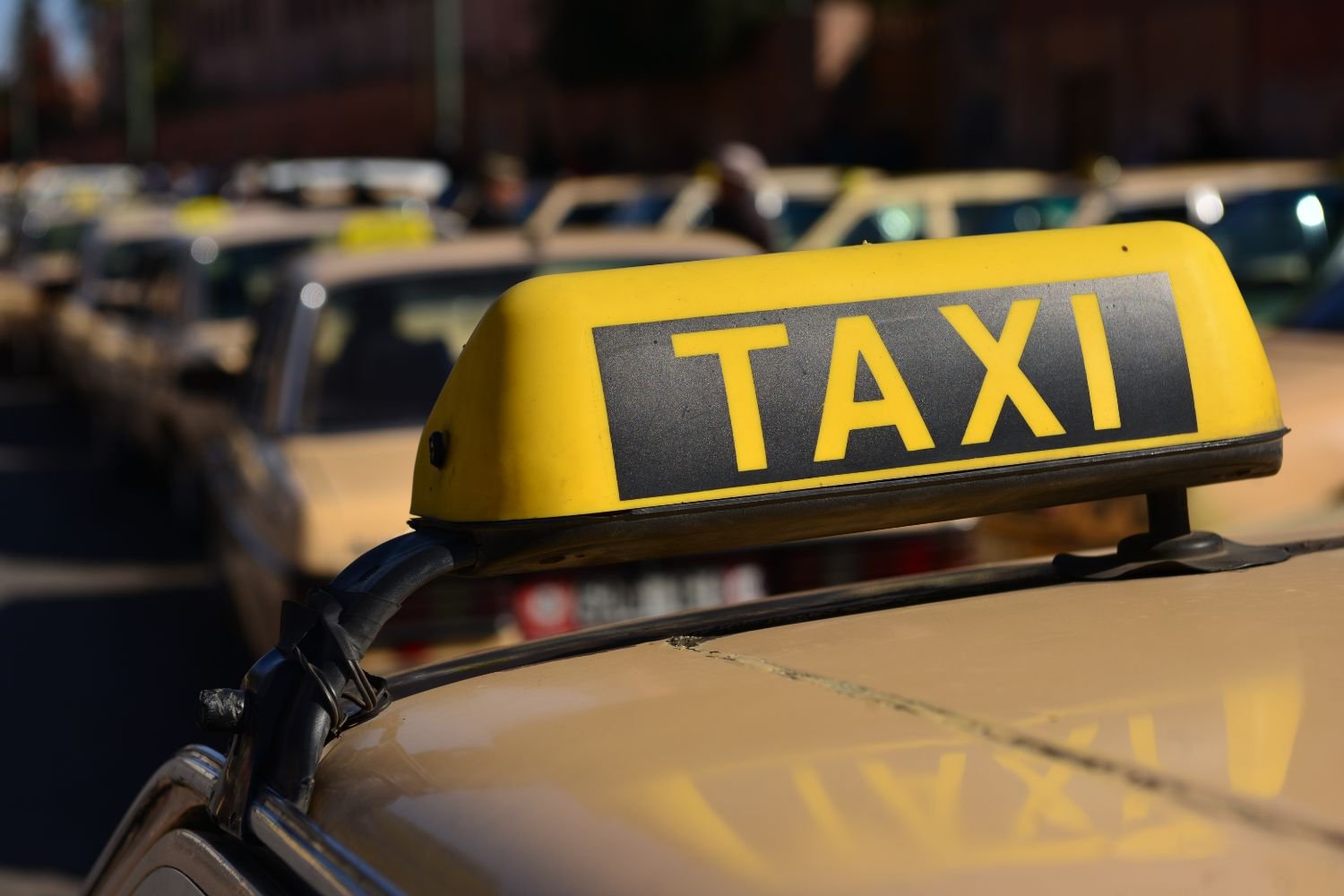Morocco, a country known for its rich history, diverse landscapes, and vibrant culture, offers an array of transportation options that cater to both locals and tourists alike. From the bustling streets of Marrakech to the scenic rails in the Atlas Mountains, understanding the Morocco transportation map is essential for anyone looking to explore this fascinating country efficiently. Whether you’re traversing the bustling medinas or embarking on a desert adventure, having a grasp of the Morocco transportation map can enhance your travel experience.
Overview of Morocco’s Transportation Network
Morocco’s transportation network is well-developed and varied, encompassing air, rail, road, and urban transit systems. Each mode of transportation offers a unique perspective of the country and caters to different travel needs and preferences.
- Air Transportation
Morocco is served by several international airports, with Mohammed V International Airport in Casablanca being the largest and most significant hub. Other major airports include Marrakech Menara Airport, Rabat-Salé Airport, and Tangier Ibn Battouta Airport. Domestic flights within Morocco are an efficient way to cover large distances quickly, with regular services connecting major cities.
- Rail Transportation
The Moroccan state railway company, ONCF (Office National des Chemins de Fer), operates an extensive rail network that connects key cities across the country. The train service is known for its reliability and comfort, offering a scenic and efficient way to travel between destinations like Casablanca, Rabat, Marrakech, Tangier, and Fez. Morocco also launched Africa’s first high-speed train, the Al Boraq, which connects Tangier and Casablanca in just over two hours.
- Road Transportation
Morocco’s road network is comprehensive and generally in good condition, particularly the highways connecting major cities. The country also offers a range of bus services, from luxurious coaches to more economical buses, connecting all towns and cities. For more personalized travel, renting a car can provide the freedom to explore remote areas and scenic routes at your own pace.
- Urban Transportation
Cities like Casablanca and Rabat have developed efficient urban transportation systems, including trams and buses, which are both economical and convenient for navigating the city centers and suburbs. Marrakech and Fez, while lacking tram systems, offer extensive bus networks and a plethora of taxis.
Key Routes and Transportation Hubs
Understanding the key routes and hubs on the Morocco transportation map can greatly enhance your travel experience:
Key Rail Routes
- Casablanca to Marrakech: This popular route offers insights into the changing landscapes from bustling urban centers to tranquil rural settings.
- Tangier to Casablanca via Rabat: Experience the high-speed Al Boraq train on this route, showcasing Morocco’s commitment to modern infrastructure.
Major Highways
- A1 Motorway: Connecting Tangier to Rabat, this route is part of the primary artery running through the western part of Morocco.
- A2 Motorway: Stretching from Rabat to Fez, this road offers a smooth journey through Morocco’s diverse terrains.
Tips for Navigating Morocco’s Transportation System
Navigating Morocco’s transportation system can be a delightful part of your travel experience if you keep the following tips in mind:
- Plan Ahead: Especially when using trains or planes, booking tickets in advance can save you time and hassle. Consider using the ONCF website or mobile app to book train tickets.
- Understand the Schedule: Public transport in Morocco operates on a fixed schedule. Familiarize yourself with the timetables to avoid missing your transportation.
- Keep Change Handy: For buses and taxis within cities, it’s useful to have small change to pay fares without the need for extensive money exchanges.
- Stay Informed: Keeping an updated version of the Morocco transportation map can help you plan your routes efficiently. Digital maps or apps like Google Maps are particularly useful when navigating urban areas.
- Renting Cars in Morocco: Renting a car gives you the freedom to explore Morocco at your own pace. Major car rental companies operate at airports and in major cities like Marrakech, offering a range of vehicles to suit your needs.
- Airport Transfers in Morocco: Many hotels and riads offer airport transfer services for guests, providing a convenient way to reach your accommodation upon arrival. Alternatively, you can arrange for a taxi or private transfer in advance to ensure a smooth journey from the airport to your destination.
Cultural Considerations
When using public transportation in Morocco, it’s important to be mindful of cultural norms:
- Dress Appropriately: Especially in rural areas, dressing conservatively is respected.
- Respect Local Customs: During Ramadan, eating, drinking, or smoking in public transportation can be frowned upon during daylight hours.
- Language: While French and Arabic are widely spoken, having some basic phrases can help in navigating and interacting with locals.
The Morocco transportation map is a key tool for anyone looking to explore the country’s diverse landscapes and rich cultural tapestry. Whether you prefer the leisure of a train ride, the convenience of a plane, the adventure of a road trip, or the hustle and bustle of urban transit, Morocco offers options to suit every traveler’s needs. By understanding and utilizing the extensive transportation network, you can ensure a smooth and enjoyable journey through this enchanting North African nation.





